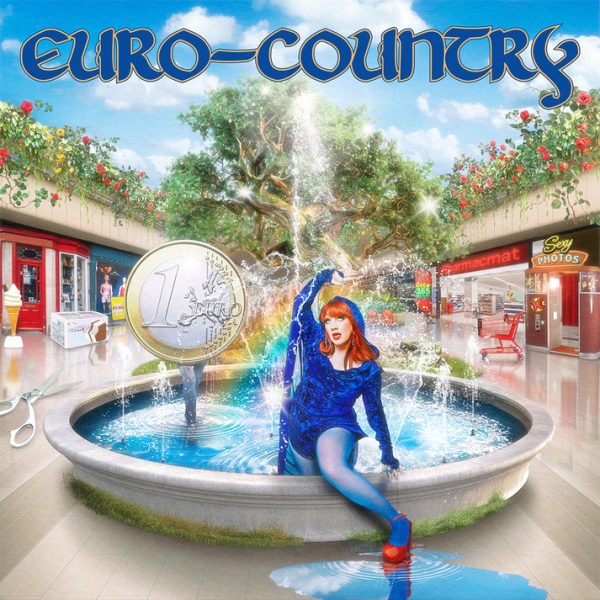Album of the Week: The Necks – Disquiet

For nearly four decades, Australian improvisational trio The Necks have quietly carved out their own distinct corner of the musical landscape. While their roots lie loosely in jazz, their sound moves fluidly through the realms of rock, in its post-rock sense, and mid-20th-century avant-garde composition. In the grand scheme of things, they remain a rare and singular proposition.
Repetition, in the spirit of New York’s minimalist school, is central to The Necks’ approach. Their music unfolds through evolving motifs that morph, contract, disintegrate, and rebuild until reaching a natural resolution. How do they know when a piece is finished? Much like a painter sensing the last mark to made, they simply know. Yet, as their brilliant new album Disquiet shows, that moment of knowing is reached through a process of constant experimentation and deep listening.
Following Travel (2023) and Bleed (2024), Disquiet is the trio’s 20th studio album and also their longest to date. While many contemporary artists shape releases to fit the limits of vinyl, The Necks remain gloriously unconcerned with such restrictions. Presented across three CDs, the record comprises four expansive pieces that unfurl in real time, seemingly evolving before the listener’s ears. The instrumentation is sparse, but within those limits, the group wrings out extraordinary depth and drama across Disquiet’s sublime three hours and ten minutes.
Opening track Rapid Eye Movement runs for 57 minutes and occupies the entirety of disc one. The track is also the best example here of the band’s unshakable patience. Something it asks of us too, if we are to bask in the rewards. It begins with a slow build of brooding piano, muted organ swells, and skittering percussion, creating an atmosphere thick with tension. The piece threatens to erupt but never does. Instead, its strength lies in that sustained sense of anticipation, where galaxies of sound seem to form and dissolve in deliberate, cosmic motion.
Next comes Ghost Net, the album’s 74-minute centrepiece and arguably its finest moment. From the start, a tempo shift is apparent, as percussive clatter, clanging cymbals, throbbing bass, and percussive guitar establish a propulsive groove. Over this, Chris Abrahams’ swirling, mesmeric organ casts its spell, and the track develops a meeting point between Faust’s free-form pre-industrial rhythmic experimentation and Terry Riley’s minimalist trance inducing ragas. As the organ fades, shadowy electric piano vamps take over, slipping into drone and deepening the track’s noir-like atmosphere. It’s vivid, fluid, and alive, The Necks at their fullest and most exhilarating.
The final disc offers two relatively concise pieces. Causeway feels the most accessible, its rhythmic, decaying guitar motifs nudging toward rock territory. The track’s gradual build and cosmic swells of keys provide a sense of direction, a climactic rise through waves of cymbals and keys towards what logically emerges as a progressive-rock inspired resolution. The finale, Warm Running Sunlight, is the most celestial track on offer and is the album’s expressive heart. Less rhythmically driven and less groove-inflected, it instead favours a more abstracted approach, deploying a beautifully patient interplay of glistening keys, percussive rumbles, organ drones, and shuddering bass. Positioned as the closing piece, it grants the album a sense of spiritual, ecstatic ascension, though one that feels circular in nature, gently returning us to the nascent formation of the musical universe heard at the album’s opening in Rapid Eye Movement.


